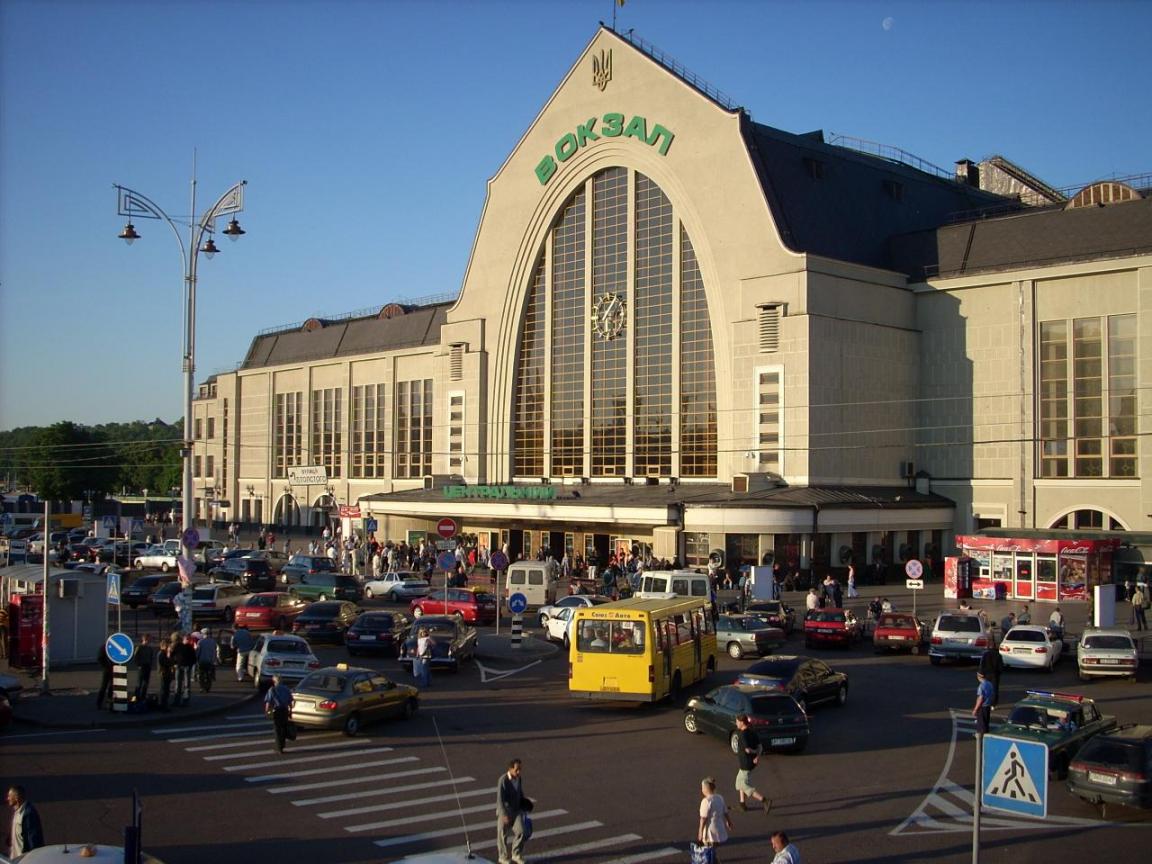At the warehouse of Modnakasta, one of Ukraine’s largest online retailers, the air hums with the lively chatter of workers and sound of hundreds of boxes being packed and sealed.
It sounds like success: clothing, footwear, household goods and bathroom items are all being loaded and then shipped throughout the country, BBC reported.
And indeed the company’s owner, Andriy Logvin, says business has rocketed since it began four years ago.
But because of Ukraine’s deteriorating economy, he says that right now the company is just managing to keep its head above water. Business has doubled in the past year, but because of the drop in value of the national currency, the hryvnia, he is barely breaking even.
A vicious war is raging in the country’s east, where pro-Russians are defying Kiev. The war has killed at least 5,000 civilians and combatants, laid waste to towns and cities and displaced hundreds of thousands.
And Ukraine is facing another potentially monumental crisis.
If Kiev does not find billions of dollars soon, experts and officials inside the country and abroad warn, it could experience an “economic meltdown”.
Coffers Empty
According to some estimates, the country’s economy shrank by more than 8% last year, driven in part by the loss of revenues from the war-torn Donbass region, where the country’s money-making coal and steel industries are based.
At the same time, Kiev is shelling out billions of dollars: to pay off its international loans, buy natural gas from Russia and prop up the hryvnia which, despite officials’ best efforts, has lost half its value since last year, and considerably more on the black market.
So the government has less and less hard currency. Now the worry is that hard currency reserves have plunged so low – $7.5b at the last estimate – that the government might be unable to pay off its international loans, possibly as soon as next month.
If the worst happens it could be like the 1998 Russian financial crisis. Ukraine would default on its obligations, some banks would be forced to close, the currency would plunge and Ukrainians could see their life savings decimated.
The situation has alarmed the international community. But where could the money come from to rescue Ukraine?
IMF steps in
A mission from the International Monetary Fund (IMF) arrived in Kiev this month to discuss releasing about $5b from a $17b bailout program agreed last year.
Up to now, the fund has disbursed about $4.5b to Ukraine. But even if the next tranche is released, it may not be enough. Officials and experts now say Ukraine will ultimately need another $15b on top of the money already promised.
None of this money is a given. All of Ukraine’s potential donors – the US, EU, IMF – say Kiev must first show a commitment to reform: cut its bureaucracy, tackle corruption and, above all, reduce government spending.
The talks with the IMF are therefore considered crucial. If the fund is satisfied with Ukraine’s program and releases the tranche, this could be a signal that other Western donors will do the same.
“Currently, everything is in the hands of the IMF,” ICU’s Valchyshen said.
Reforms Have Failed
But so far, the reforms have failed to happen. President Petro Poroshenko and Prime Minister Arseniy Yatseniuk have taken small steps towards introducing the measures required of them. But the most transformative actions remain on paper.
The country’s long-awaited anti-corruption bureau has yet to begin work, largely because it still lacks a director. Even when it starts to function, though, it is not clear what powers it will have.
Crucially, government spending is still overshooting the target. This year’s budget – passed by parliament after a stormy debate in the early morning just before New Year - failed to sufficiently rein in spending.


